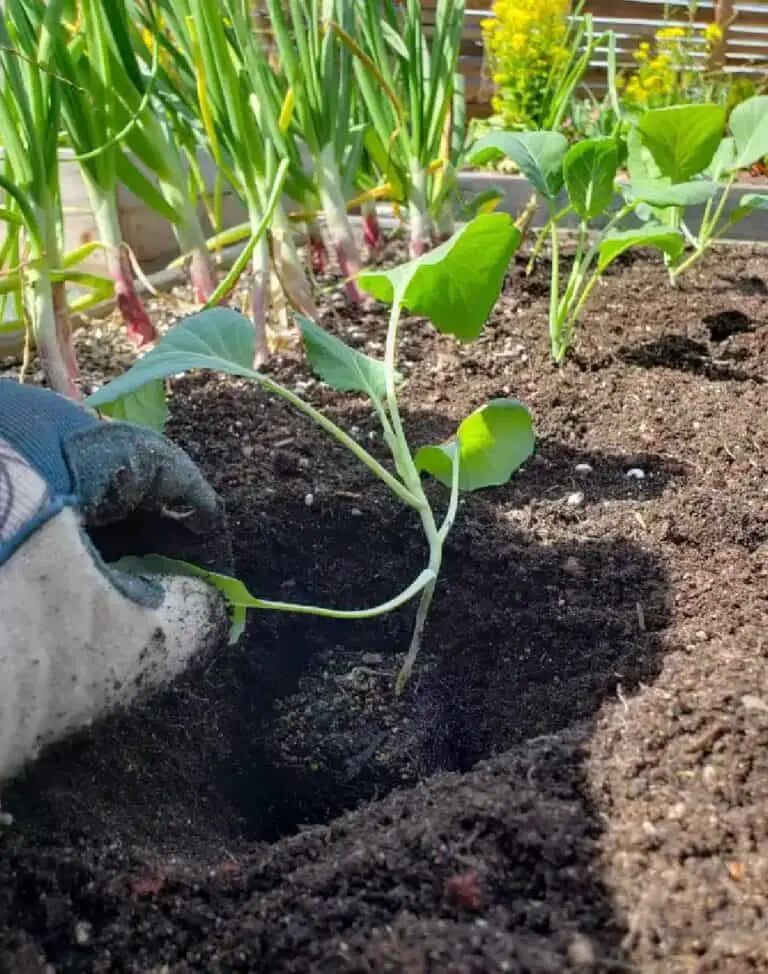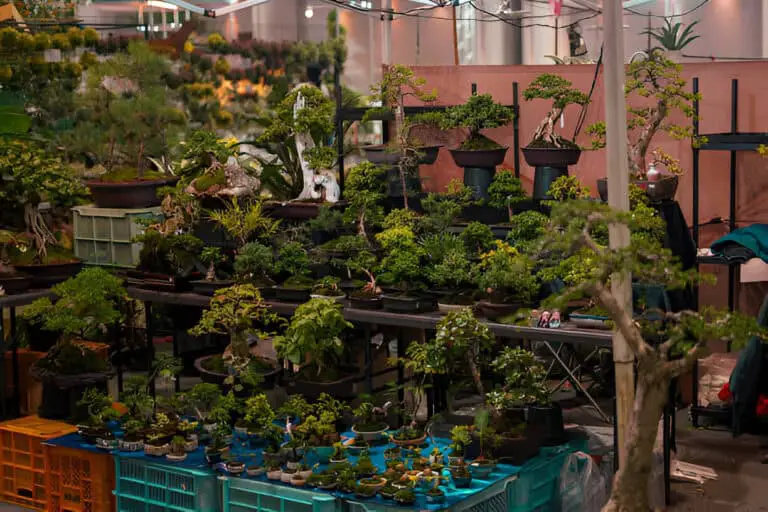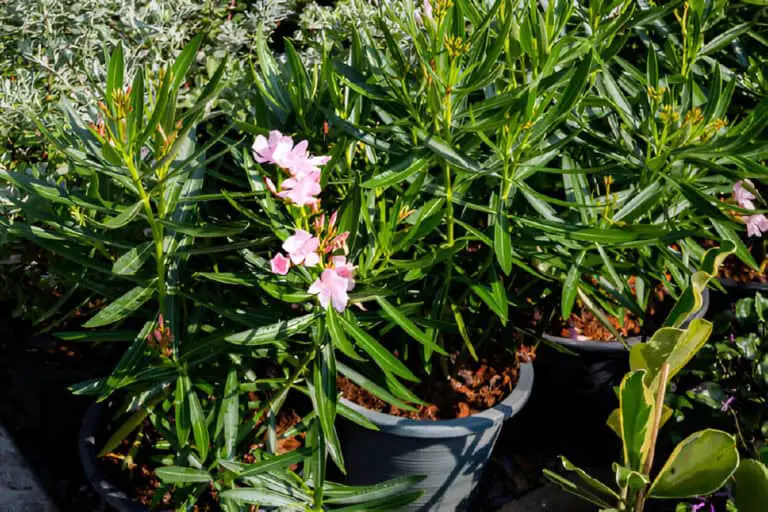Lemon Trees: Do They Prefer Sun or Shade? Find Out What They Really Need
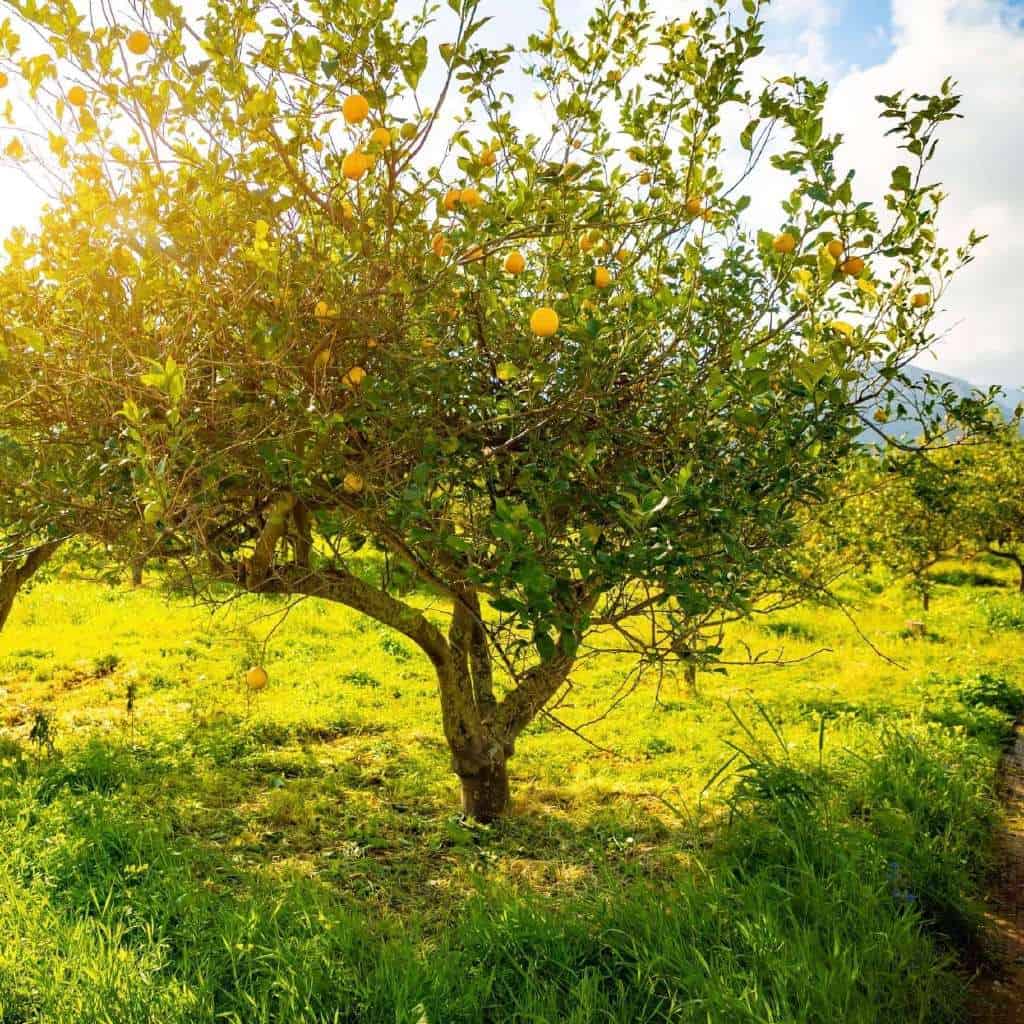
If you’ve ever dreamt of cultivating your lemon grove, you’re probably picturing rows of lush trees, heavy with golden fruit and basking in the warm sunlight. But here’s the million-dollar question: do lemon trees really thrive in full sun, or can they handle a bit of shade?
As a proud lemon tree enthusiast who’s navigated this very dilemma, I’m here to shed some light—pun intended—on what these citrus beauties truly crave.
The Sun-Loving Nature of Lemon Trees
Let’s start by painting a clear picture of lemon trees’ natural habitat. Imagine the sunny, tropical landscapes where lemons originally hail from. These trees come from regions where the sun shines bright and often. In their native environments, lemon trees bask in full sunlight, soaking up rays like a sunbather enjoying a beach day.
Why Lemon Trees Love the Sun
Lemon trees, like many plants, are essentially solar panels. They convert sunlight into energy through photosynthesis, which fuels their growth and fruit production. Here’s why they’re such sun worshippers:
- Photosynthesis Power: Sunlight drives photosynthesis, helping lemon trees produce the sugars and nutrients they need to grow and produce fruit.
- Healthy Growth: Adequate sunlight promotes robust foliage and strong branches, supporting the overall health of the tree.
- Fruit Production: Lemon trees that receive plenty of sunlight tend to produce more fruit and have better fruit quality.
In essence, the sun is the lifeblood of a lemon tree. Without it, these trees might struggle to thrive.
How Much Sun Do Lemon Trees Really Need?
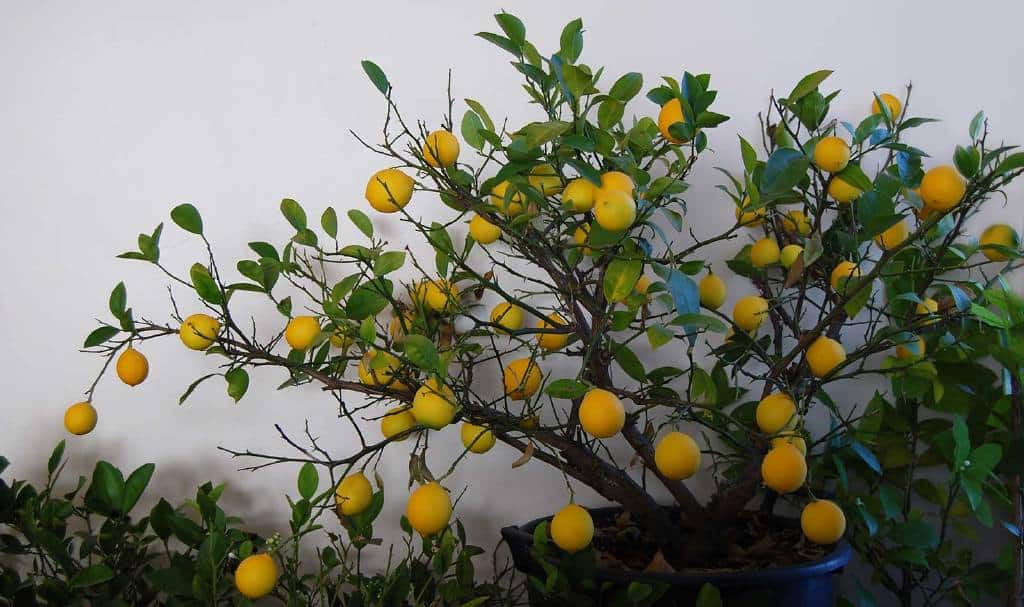
Now that we know lemon trees are sunshine enthusiasts, let’s dig into the specifics of their light needs. How much sun is enough, and can they adapt to less than ideal conditions?
Sunlight Requirements
- Full Sun: Lemon trees flourish in full sun, which means they need at least 6-8 hours of direct sunlight per day. This level of sunlight helps them maintain their health and productivity.
- Partially Shaded Areas: While lemon trees prefer full sun, they can tolerate partial shade, especially in regions with intense afternoon heat. However, they might not produce as much fruit or grow as vigorously in shaded areas.
In general, the more sun your lemon tree receives, the better it will perform. If you’re gardening in a particularly hot climate, providing some shade during the hottest part of the day can help prevent sunburn and stress.
The Shade Dilemma: Can Lemon Trees Handle It?
Now, let’s address the shade question. Can lemon trees survive and even thrive in less-than-sunny spots? While they’re not exactly shade-loving plants, they do have some flexibility.
Challenges of Growing Lemon Trees in Shade
- Reduced Growth: In shady conditions, lemon trees often experience slower growth and reduced vigor. They might look a bit more like a languid teenager than the robust, sun-kissed beauties you’re aiming for.
- Lower Fruit Production: Less sunlight generally leads to fewer lemons. The fruit that does develop might be smaller and less flavorful.
- Increased Disease Risk: Shady, damp environments can increase the risk of fungal diseases and pests, which can further stress the tree.
Making Shade Work
If you’re in a situation where full sun isn’t an option, you can still give your lemon tree a fighting chance with some creative adjustments:
- Select the Right Variety: Some lemon varieties are a bit more tolerant of less-than-ideal light conditions. The Improved Meyer Lemon, for example, is known for being more adaptable.
- Manage Shade: If you can’t provide full sun, try to maximize the available light. For instance, if your tree is in a partially shaded area, position it where it gets the most light possible throughout the day.
- Optimize Care: Provide extra care in shaded conditions, such as regular pruning to improve airflow and minimize disease risk, and careful watering to ensure the tree isn’t sitting in damp conditions.
| Check out: Are Meyer Lemons Self Pollinating? |
A Comparative Look at Sun vs. Shade for Lemon Trees
To give you a clearer picture, here’s a table comparing the effects of full sun and shade on lemon trees:
| Condition | Full Sun | Partial Shade |
| Sunlight Hours | 6-8 hours of direct sunlight | 4-6 hours of direct sunlight |
| Growth Rate | Fast and vigorous | Slower and less vigorous |
| Fruit Production | High yield, better quality | Lower yield, potentially smaller fruit |
| Disease Risk | Lower, with proper care | Higher due to reduced airflow |
| Temperature Management | Less critical, sunshade can help in extreme heat | Shade might be beneficial in extreme heat |
Adapting to Your Climate Zone
When growing lemon trees, it’s crucial to understand how your climate zone shapes their sunlight needs. Lemon trees generally love full sun, but intense heat or unexpected frosts can change how much light and protection they require.
In hotter climates, gardeners may need to provide some afternoon shade to prevent leaf scorch. In contrast, cooler regions might demand planting in the sunniest spot possible to boost growth and fruiting.
Here’s a brief look at how different zones influence care:
| Climate Zone | Sunlight Strategy | Extra Tips |
| Hot/Dry | Morning sun, afternoon shade | Mulch well, water deeply |
| Temperate | Full sun all day | Shelter from strong winds |
| Cool/Cold | Maximum sun, south-facing spot | Use frost cloths in winter |
Always adjust your approach to match local weather, ensuring your lemon tree stays healthy year-round.
| Check out: Lemon Trees and Cold Weather: How Hardy Are They Really? |
My Lemon Tree Sun and Shade Experience
When I first planted my lemon trees, I was determined to give them the best conditions possible. I set them up in a sunny spot, and they thrived, producing an abundance of zesty fruit. However, as my garden evolved and I had to place some trees in a partially shaded area, I noticed a difference. These trees grew more slowly and produced fewer lemons, but with extra care, they still managed to provide some delightful fruit.
One trick I’ve found useful is to position the trees where they catch the morning sun and receive some afternoon shade, particularly in scorching summer climates. This balance seems to offer the best of both worlds, minimizing stress while still allowing the trees to benefit from ample sunlight.
Conclusion: Finding the Perfect Balance
In summary, lemon trees are like sun-seeking adventurers, thriving best in full sunlight but capable of handling partial shade with some compromises. If you can provide them with 6-8 hours of direct sun each day, you’ll set them up for optimal lemon tree growth and fruit production. However, if your garden only offers partial shade, don’t lose hope. With the right care and adjustments, your lemon trees can still make a splash and bring a bit of citrus magic to your life.
Whether you’re basking in full sunlight or working with limited shade, remember that a little extra attention goes a long way. Here’s to growing vibrant lemon trees that bring a touch of sunshine to every season!


